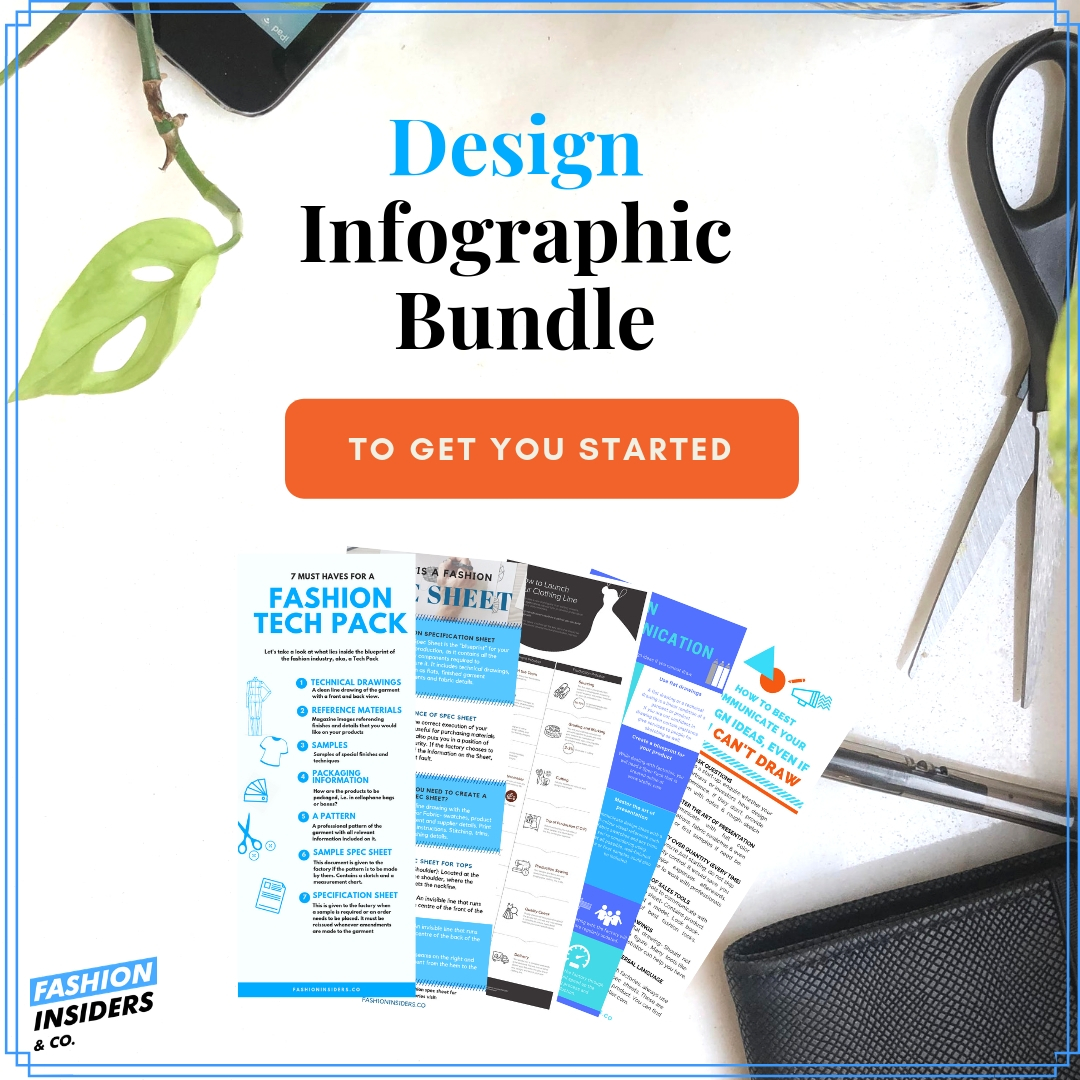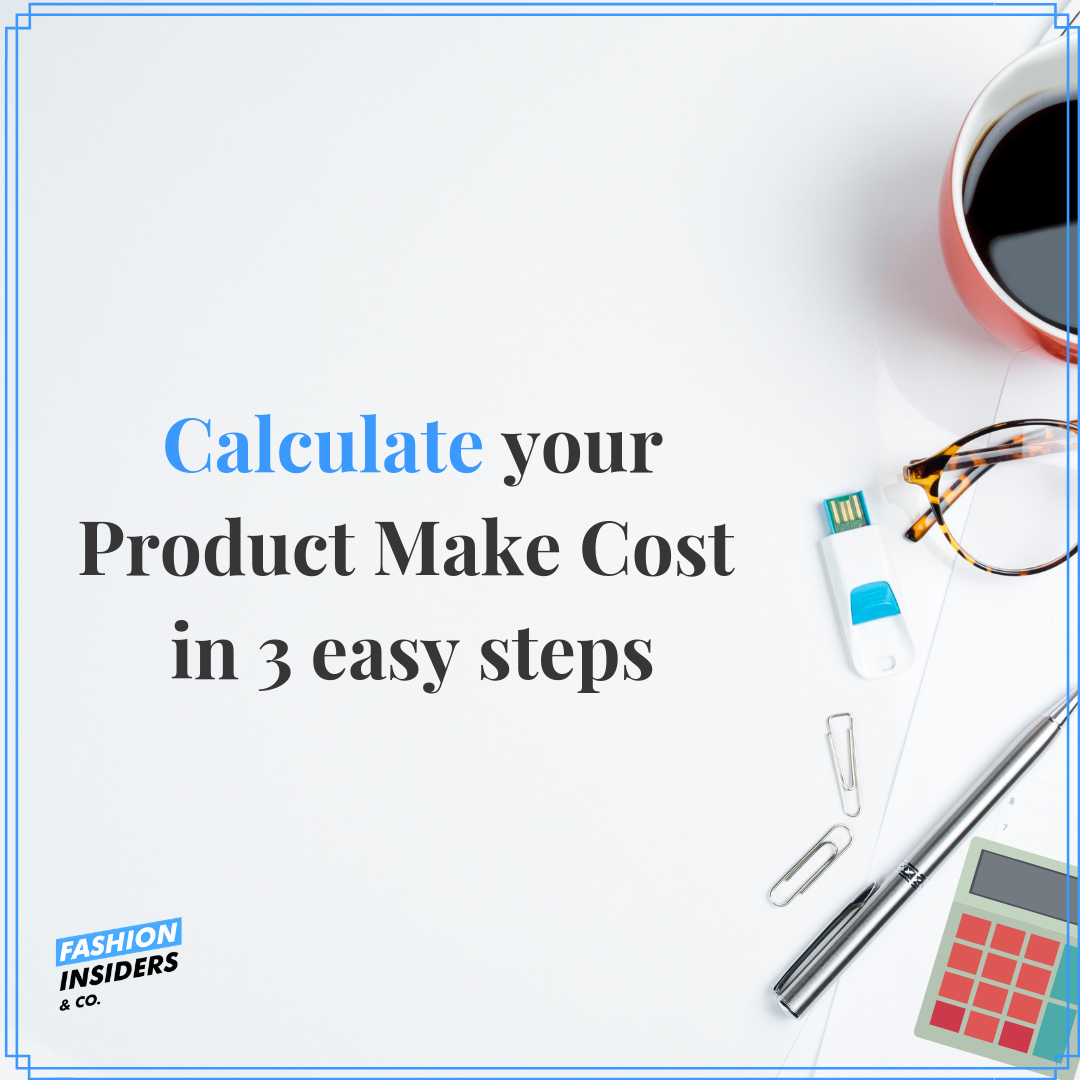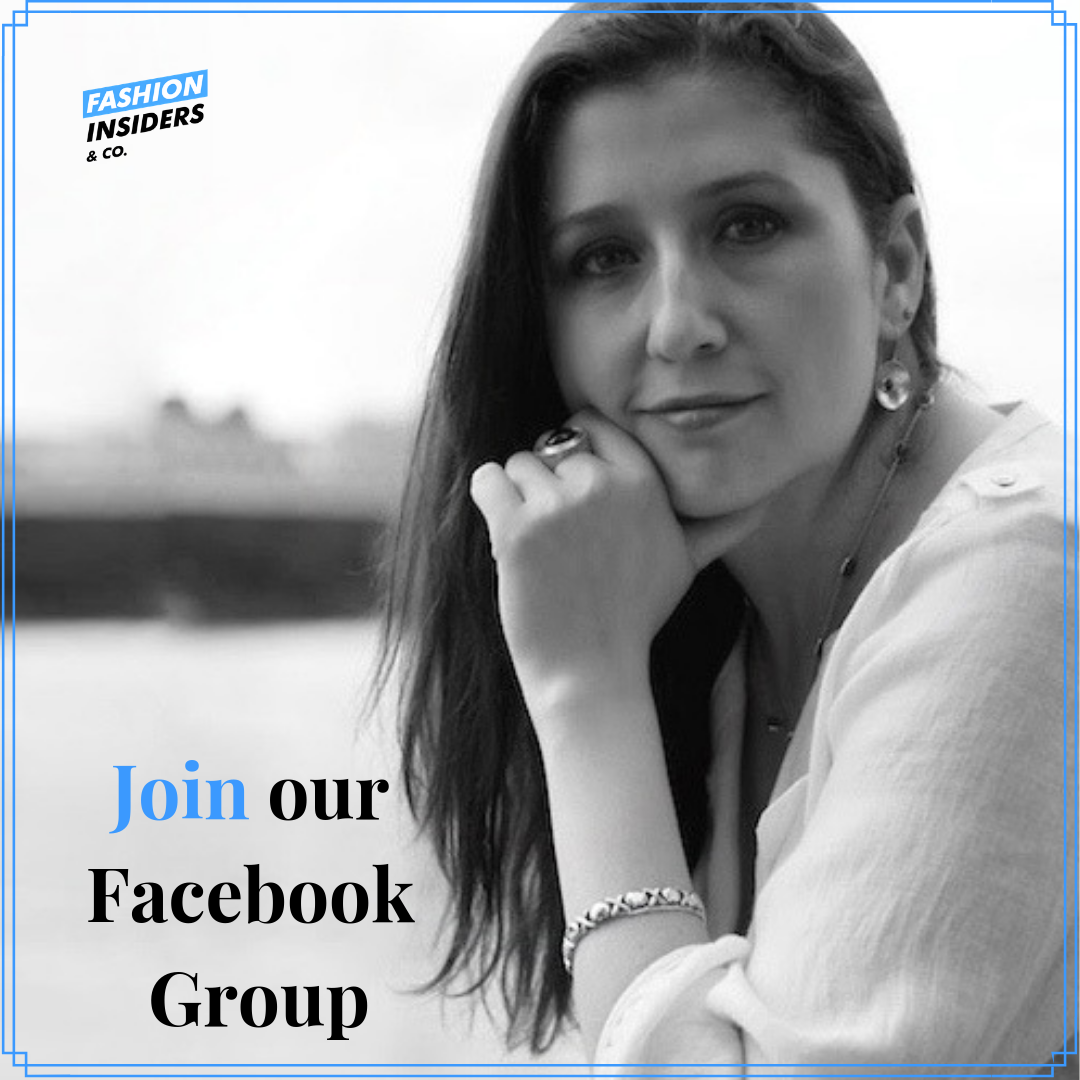For all the energy you spend designing and creating, it’s a shame if a photograph fails to capture your effort when you put your pieces out into the world. Fashion photography is easy to learn, but hard to master, and getting the right photo can be incredibly difficult at times. Don’t worry, this crash course in fashion photography will definitely help you master the art, beautifully.
Once you’ve ideated and turned your idea into a finished product, you might just want to hire a professional photographer: who wants to put in extra work now, right? Well, bringing in a pro certainly helps to ensure quality, but it can be incredibly expensive if you choose this path.
On the other hand, if you’re looking to take control of everything or are just starting your career in fashion then we suggest these tips for getting the highest quality photos without having to splash out for pricey equipment and staff.
The Fashion Photography Setting
No, we haven’t jumped into the camera settings yet. First things first, choosing the location for your shoot depends on what you want the theme to be. If you want to take artsy, editorial photos, the location can make or break a shoot. But if you’re into commercial or catalogue pictures you can pretty much set up anywhere. As long as you have good lighting, you can use bedsheets and clothespins to make a light-box or a studio background and shoot against it relatively easily.
If you’re shooting outside, make sure you pick a location that suits the ethos of the pieces you’re shooting. If you can, try to plan the shoot as early as you can in the morning, because the natural light will be bright but soft enough to save lots of hassle editing your photos.
Take lots of photos – far more than you think you’ll ever need – from various angles. You can always delete or edit pictures that you don’t love. It’s better to have shots you don’t need than not have ones you do need.
The Models
Finding models who you can work with is easier than you might think.
Working with experienced models will require less direction on your part – but if you’re on a low budget, find your most confident friends and recruit them as models.
Hair, makeup, and styling can be as low-effort as you like or you can even ask them to do their own (but make sure they’re comfortable doing this – if they never ever wear makeup, you’re better off hiring a makeup artist, or recruiting a friend who has some experience applying makeup to others). Further, if you really want the garments to shine, choose a subtle hair and makeup look. This can save time, money, hassle, and distraction.
You can find inspiration from anywhere. Find advertisements or a campaign you particularly like, and as a simple way to creatively direct your shoot, try to recreate some of the shots and poses. Don’t be afraid to improvise.
If you’re using a digital camera, you can take as many frames as you want, especially if you set up an online photo storage solution to save all your pictures.
The Equipment
You can whip up most of a professional photo studio in a few hours. All you really need is a light source and a couple of baffles to reflect light onto your model and reduce shadows.
There are lots of tutorials online to DIY some supplies, and walk you through how to light every possible kind of shot you might want.
You don’t need to feel pressured to spend tons of money on a photoshoot, especially if you’re still in the process of starting out and don’t have a lot of cash to throw around.
The Camera Settings
Fashion photography is unlike any other kind of photography. It involves the framing of landscapes, the motion of sports, and the intensity of portraits. You’ll need a decent camera here because no amount of planning or creativity can compensate for poor resolution.
If you don’t have your own then just borrow or rent one. Make sure you’re using a medium angle telephoto lens that has a range starting from at least 15mm to 50mm.
If you’re an inexperienced photographer, use a fast shutter speed to reduce blur and make your images crisper, especially if you’re shooting moving models. Using a tripod is ideal, to increase the chances of getting clear, crisp images.
High-quality fashion photography will make your pieces look much more professional, and make it easier for you to confidently showcase and sell them. If you have a free weekend, some clean sheets and a few willing friends, you can produce print-quality fashion photographs with just a bit of creativity and confidence.
All in all, fashion photography is there to enhance your collection after you are done showcasing it. Remember, your collection is visible to a finite audience – but photography can create the right ripples if done correctly and make you reach the desired numbers.
Now that you have read all the tips, go break some rules. Experiment, and practice!
“Growth is a process of trial and error: experimentation” ~ Benjamin Franklin
For more in-depth knowledge and tips on how to organise a professional photoshoot for your fashion brand, head over here.



